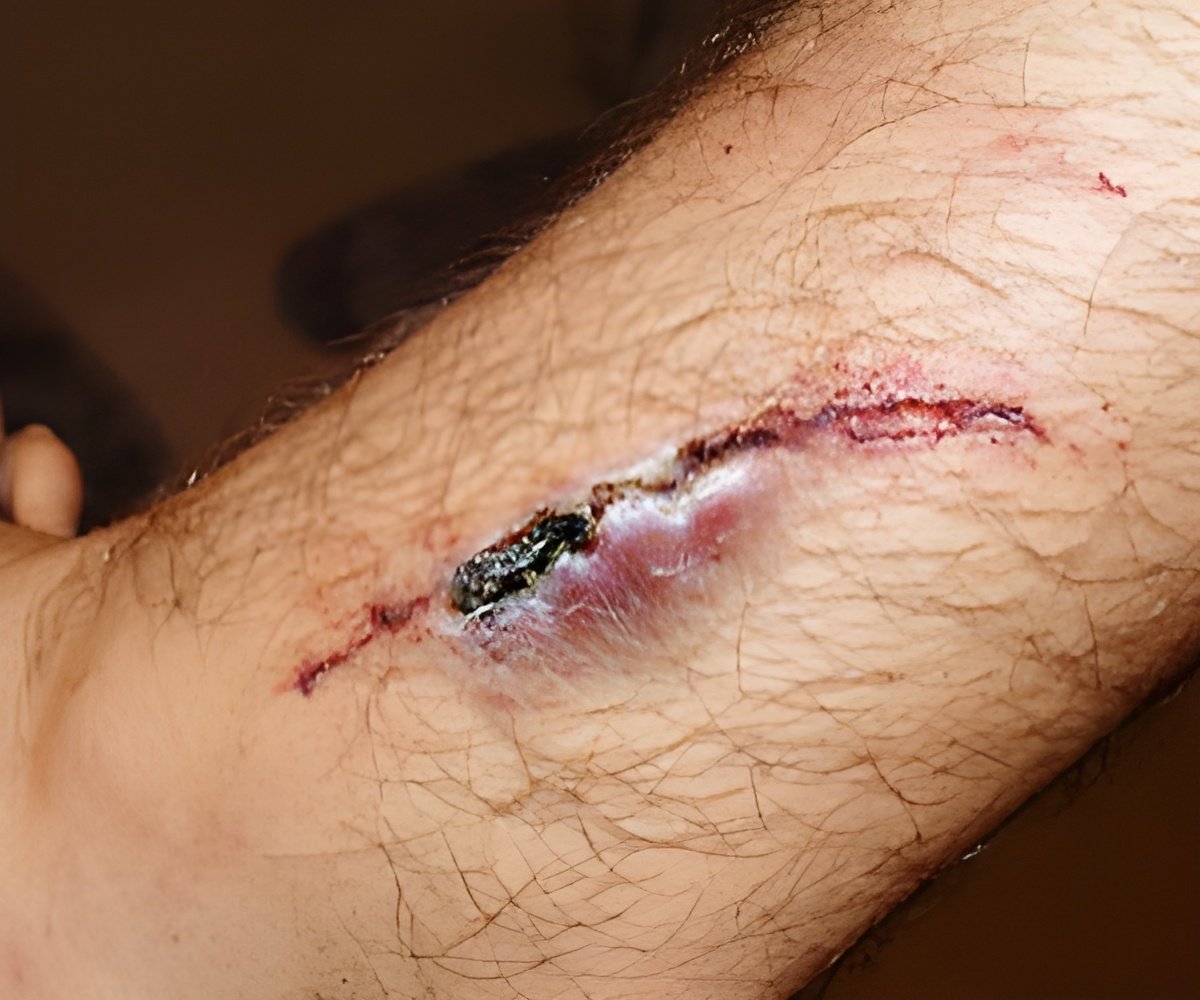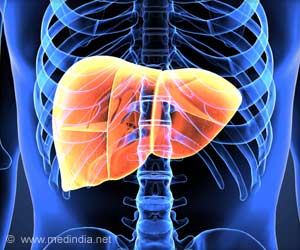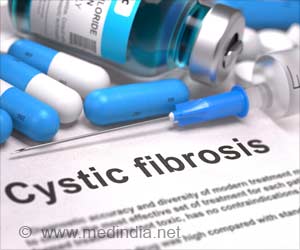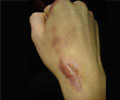All scars derive from a fibroblast lineage expressing the Engrailed-1 gene - a lineage not only present in skin, but also in fascia, said researchers.

As it was already known that all scars derive from a fibroblast lineage expressing the Engrailed-1 gene - a lineage not only present in skin, but also in fascia - the researchers intentionally tried to understand whether or not fascia might be the origin of fibroblasts.
Fibroblasts kit - ready to heal wounds
In order to find out, they used an array of techniques including genetic lineage tracing, anatomical fate mapping, and genetic ablation, a method which in selected cells leads to apoptosis, cell death. This extinguished the fascia fibroblasts. It was discovered that no matrix was incorporated into the wounds and only abnormal and unhealthy scars with major disadvantages were formed.
In another approach the team placed a porous film beneath the skin to prevent fascia fibroblasts from migrating upwards. This, however, led to chronic open wounds. The researchers concluded that fascia contains a specialized prefabricated kit of sentry fibroblasts, embedded within a movable sealant, that preassemble together all the cell types and matrix components needed to heal wounds. They are assuming that guided homing of fascia initiates the hallmark response to external and internal injuries.
Scarring ensures survival
Advertisement
New methods of scarless regenerative healing
Advertisement
"The findings of our research give fascia tissue a new role for future science. This will shift the attention of the scientific community to not only to look at fibroblasts in the dermis but also at native cells in the fascia when researching on wound healing," says Rinkevich.
Donovan Correa-Gallegos, PhD student at Helmholtz Zentrum München and first co-author of the study, comments: "Our new findings challenge and reconfigure the traditional view of the body's matrix system of connective tissue. This is opening up a new biological concept that radiates to a variety of aspects of scar-related disease."
Source-Eurekalert










